-
Clinic Procedures
Intravitreal Injections
We are fully equipped to perform injections of drugs into the eye (intravitreal injections). This is commonly performed for the treatment of some types of age-related macular degeneration, diabetic retinopathy, retinal vascular occlusions, swelling of the retina and uveitis (eye inflammation). Although this may initially sound frightening, the injections are painless since anaesthesia (numbing) is given beforehand. Patients are often reassured following their first injection. Eye drops and/or an eye patch are not routinely required following an eye injection.
Laser Surgery
Our clinic is fully equipped with state of the art argon (“hot”) laser for treatment of retinal tears, diabetic retinopathy, some vascular occlusions and central serous chorioretinopathy. Patients should not drive on the day of their laser surgery, but by the next day in most cases their vision will return to the level it was before the laser.
We are also one of the few clinics in Sydney to have Photodynamic Therapy (“cold”) laser. This is used to treat central serous chorioretinopathy and certain types of AMD (e.g. polypoidal choroidal vasculopathy).
We have a number of different lasers available for the treatment of glaucoma, including SLT, YAG and Argon lasers. SLT (selective laser trabeculoplasty) laser is a well-tolerated painless procedure that is used in patients who are not responding well to eye drops but is also increasingly being used as a first line treatment for glaucoma to prevent the need for regular eye drops. YAG laser is used in patients with a specific type of glaucoma caused by narrowing of the drainage pathway of the eye (angle closure glaucoma).
Our YAG laser can also be used to polish membranes of the back of intra-ocular lenses following cataract surgery (“capsulotomy”). This may be useful if you are noticing your vision becoming blurry again following cataract surgery.
-
Surgery
Retina and Macular Disease Surgery
Our doctors are experts in the surgical management of retinal diseases including epiretinal membrane, macular hole, retinal detachment and vitreous haemorrhage.
Cataract Surgery
The only effective treatment for cataracts is surgery. This is usually performed as a day procedure under local anaesthetic. The cataract, or cloudy lens, is removed with ultrasound, and a clear synthetic lens is put in its place, thereby improving vision to the treated eye.
Do I need to have cataract surgery?
Not all cataracts need to be removed immediately. Whilst cataract surgery is safe and effective, it is still a surgical procedure and not without risks. It is important that your ophthalmologist discusses possible risks and benefits of surgery specific to your individual circumstances, and helps you to weigh up your options. Ultimately our goal is to improve your quality of life by improving and optimising your vision.
Are there different types of intraocular lenses?
Several different types of highly refined synthetic intraocular lenses can be placed in your eye, each with advantages and disadvantages. Our ophthalmologists will take the time to discuss your treatment options and work with you to determine the best choice for your individual circumstances.
What is laser cataract surgery?
Laser cataract surgery is a new technology, and there is currently debate as to whether this produces better outcomes, and whether the extra cost is justified. We are very happy to discuss this option with you.
Glaucoma Surgery
In a minority of patients medications and laser treatment are unable to adequately lower the eye pressure to prevent progression of glaucoma. In these circumstances our doctors may recommend glaucoma surgery. We are able to offer the full range of glaucoma surgery to our patients including:
- Microinvasive glaucoma surgery (MIGS) e.g. istent
- Trabculectomy
- Glaucoma Drainage Implant Surgery
Cataract Surgery and Glaucoma
Cataract surgery is often associated with a lower intraocular pressure (IOP) after surgery. It can be especially useful in lowering the intraocular pressure in particular forms of glaucoma. Cataract surgery in patients with glaucoma may require special techniques, with specific management before and after your operation. Our surgeons will always take the time to ensure you are well cared for and are aware of all of your treatment options.
Surgery Locations
Surgery is performed at the following hospitals across Sydney:
Private
- Waratah Private Hospital (Hurstville)
- Sight Foundation Theatre (Sydney Eye Hospital Campus)
- East Sydney Private Hospital
- Macquarie University Hospital
- Kareena Private Hospital
- Sydney Private Hospital (Ashfield)
- Liverpool Eye Surgery
Public
- Sydney Eye Hospital
- Concord Repatriation General Hospital
- Royal Prince Alfred Hospital
- Westmead Hospital
- Sutherland Hospital
-
Equipment
Spectral-Domain Optical Coherence Tomography (SD-OCT)
OCT uses infrared light to capture a cross-sectional image of the retina. It is commonly used to view macular diseases. “Spectral-domain” refers to the most advanced form of OCT, with the highest resolution.
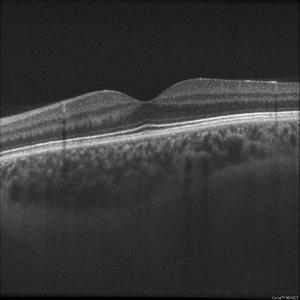
Fundus Photography
Our staff are trained in taking high-definition photographs of the retina.
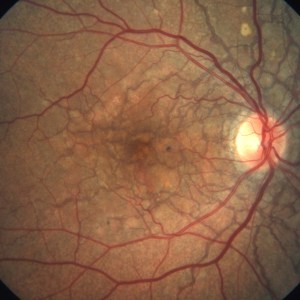
Auto-fluorescence
This uses special filters to visualise diseases affecting the retinal pigment epithlium (a layer of cells underneath the retina).
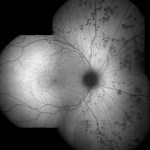
Fluorescein Angiography
This is a special retinal photograph that is used to image and assess bloodflow in the retinal vessels. A dye is injected through a cannula in the patient’s arm prior to taking the photos.
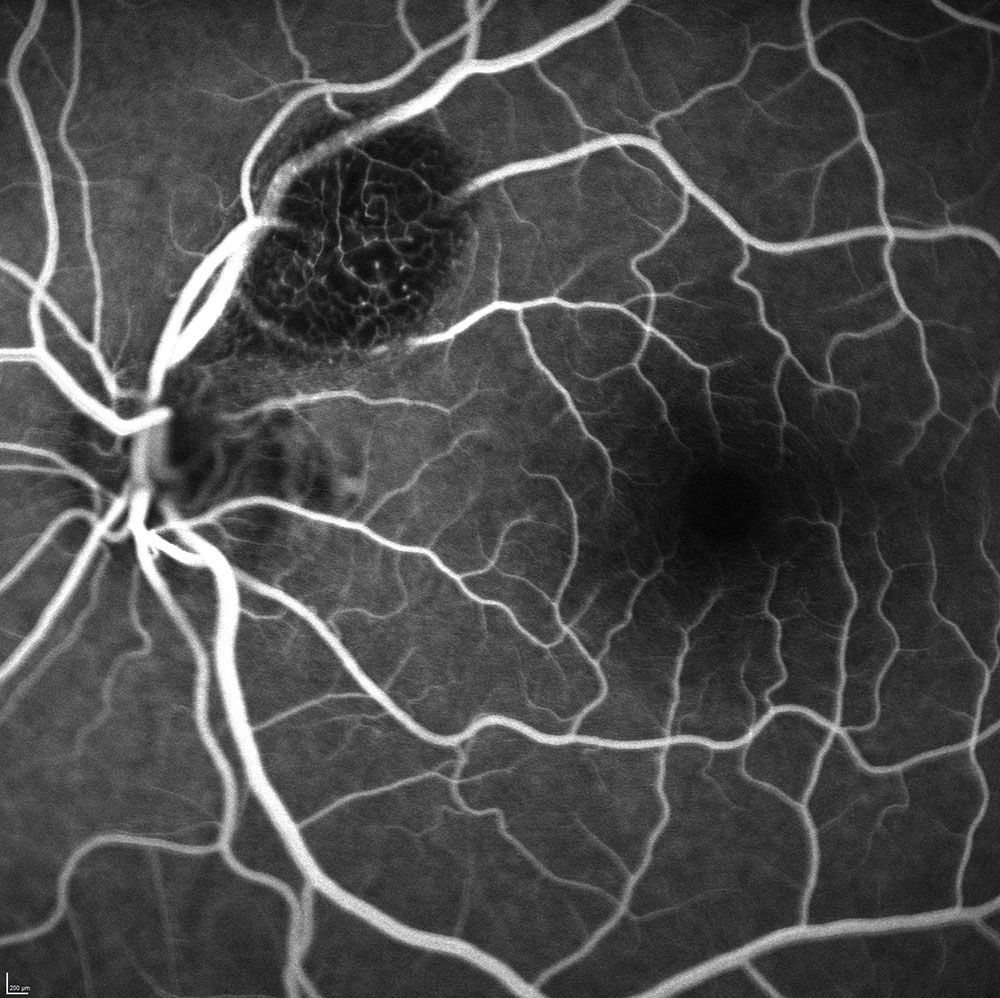
Indocyanine Green Angiography
This is a special photographic test that is used to assess bloodflow in the choroidal vessels. A dye is injected through a cannula in the patient’s arm prior to taking the photos.
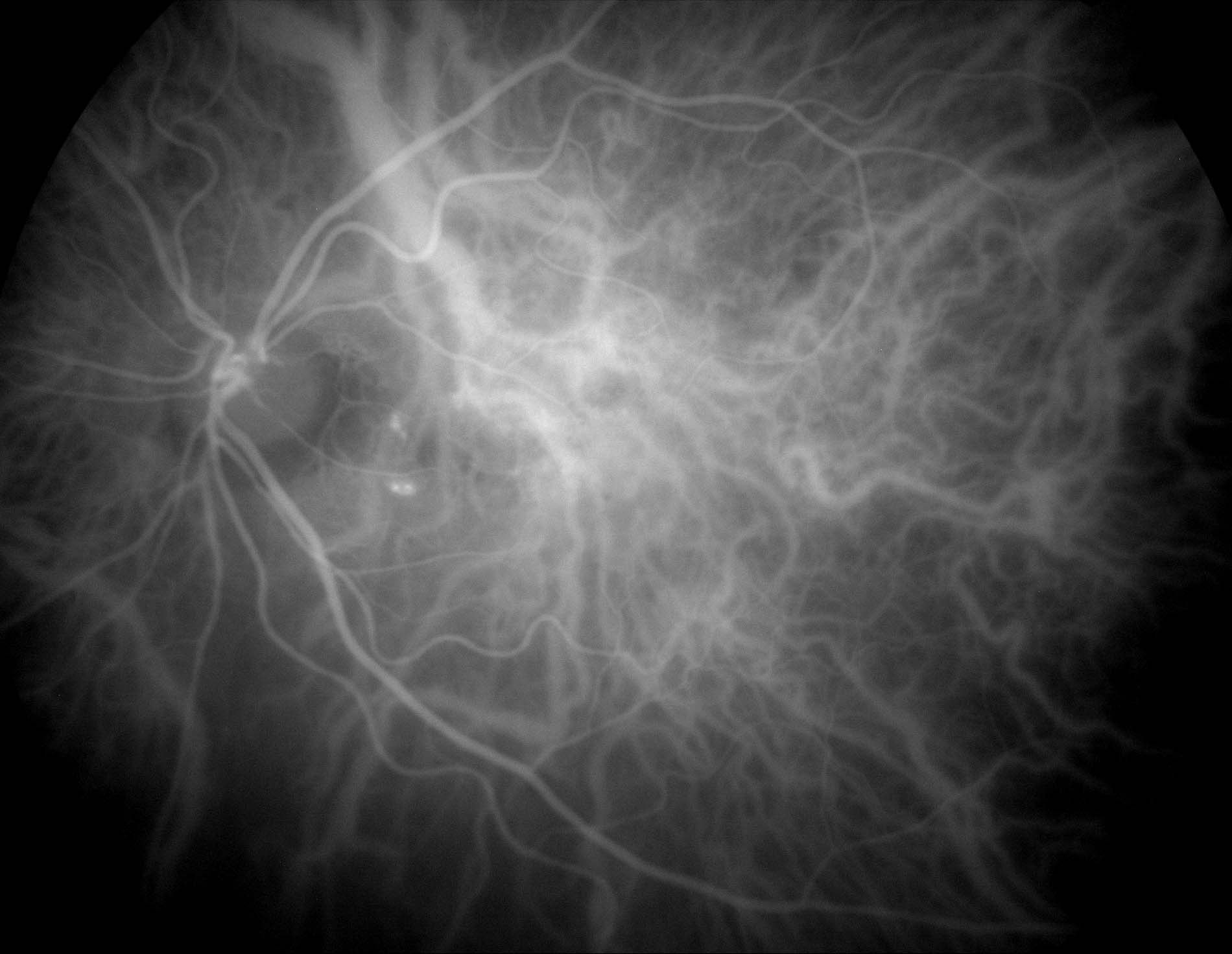
Ultrasound
An ultrasound probe can be used to image and assess the retina. This is useful particularly if there are conditions that obscure direct visual assessment including cases of corneal scarring, dense cataract or bleeding in the vitreous eye. It is also vital for the assessment and monitoring of choroidal tumours.
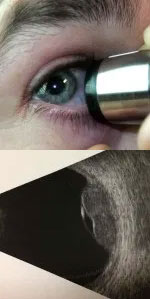
Biometry
This machine is used to measure the correct intra-ocular lens to insert into your eye during cataract surgery. Biometry measurement of the eye is critical to achieving excellent visual outcomes following cataract surgery. We have access to the latest biometers: Zeiss IOL Master 700 and Nidek AL-scan. For mature cataracts where optical biometry is not possible we perform immersion ultrasound.
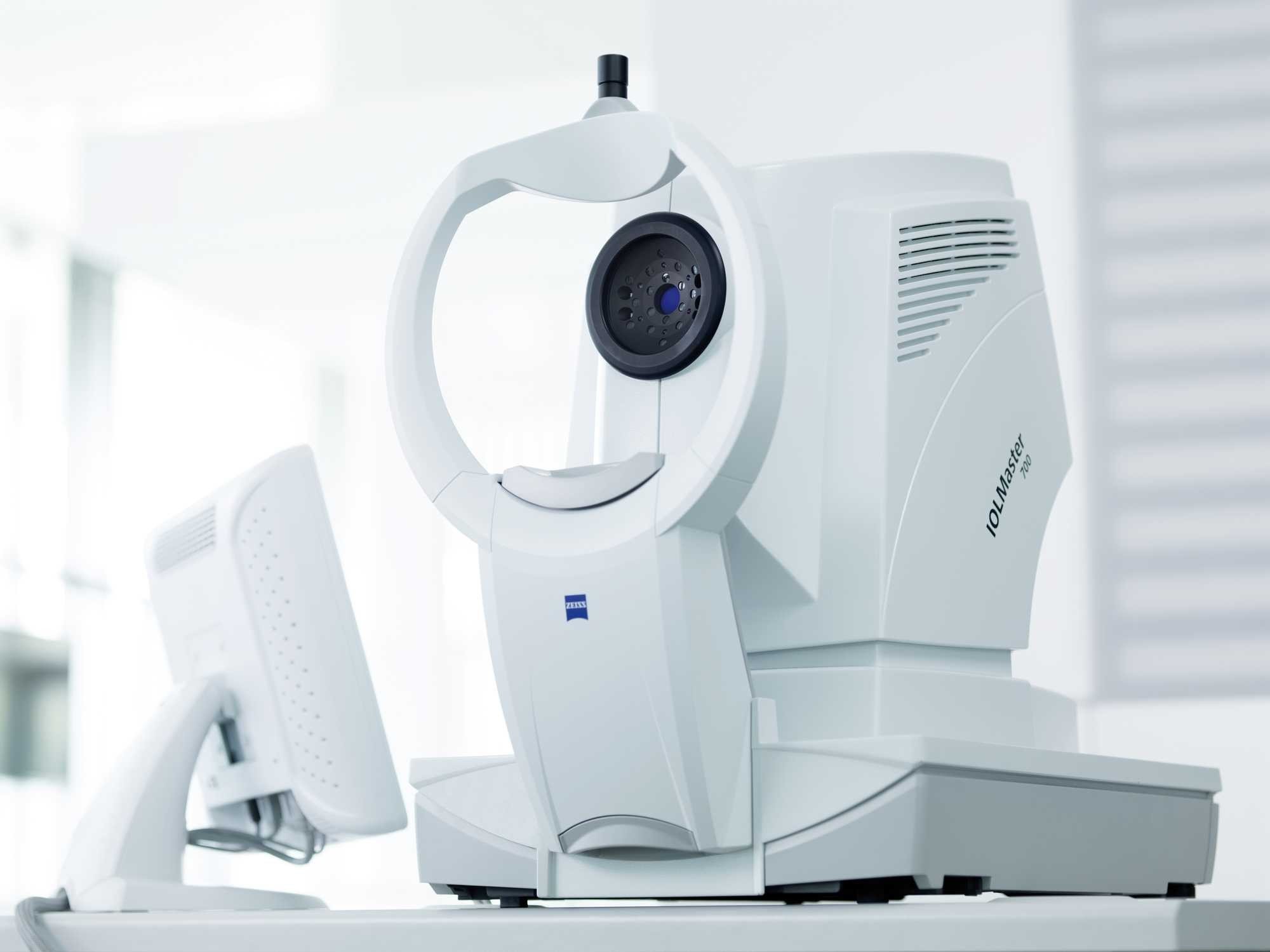
Pentacam
A pentacam measures the curvature of the front surface of the eye (cornea). It is particularly useful for obtaining precise measurements for cataract surgery.
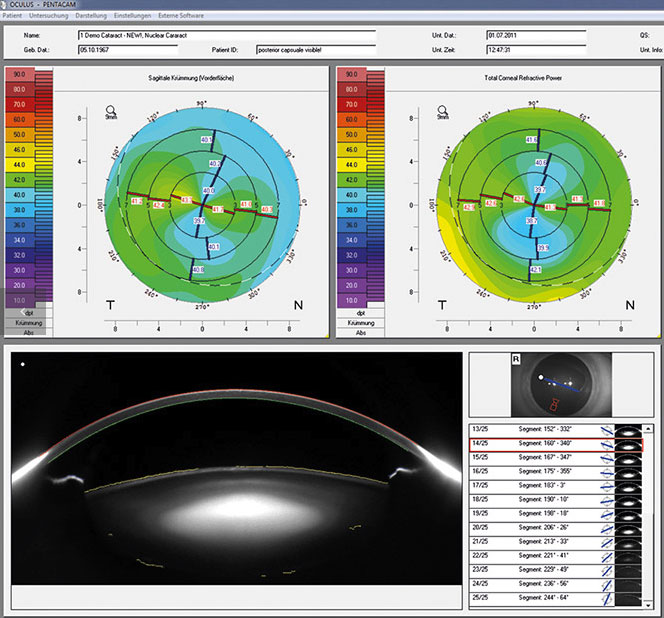
Humphrey Visual Field
This is used to measure the peripheral visual field, especially in patients with glaucoma or neurological diseases.
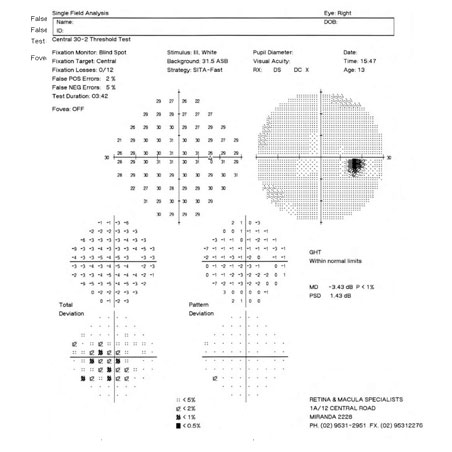
Argon (“Hot”) Laser
For treatment of retinal tears, diabetic retinopathy, some vascular occlusions and central serous retinopathy.
Photodynamic (“Cold”) Laser
For treatment of central serous chorioretinopathy and certain types of AMD (e.g. polypoidal choroidal vasculopathy).
YAG Laser
For treatment of some types of glaucoma as well as membranes that can form behind intra-ocular lenses inserted during cataract surgery (“capsulotomy” for “posterior capsular opacification”)
SLT Laser
For treatment of some types of glaucoma.
Have a question? Call one of our clinics today.
© 2019-2024 Eye Specialists Centre | Privacy Policy | Disclaimer | Website design: